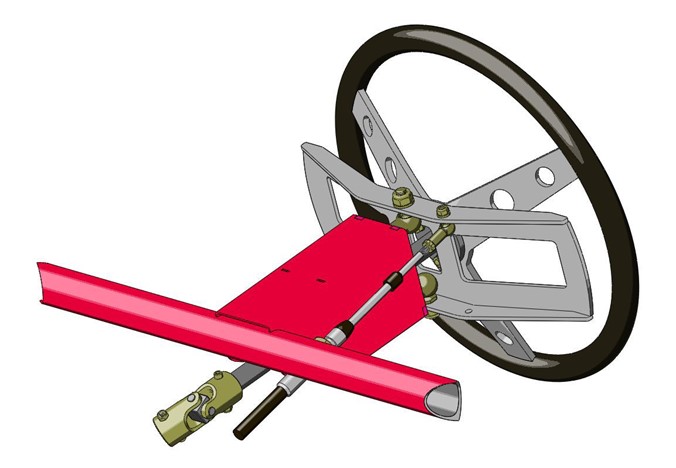There’s lots of jargon when it comes to tube, but what do you really need to know?
Fact is your really don’t need to be so concerned with tube (not pipe!) material specifications.
In buggy land most of us are worried about stiffness or resistance to bending (especially as you get older). Steel, whether it’s mild steel, high carbon or an alloy has similar properties with respect to how stiff it is. That means that 1020 DOM, mild steel ERW or 4130 CrMo tube of the same size and wall will have similar resistance to bending (Young’s modulus).
You can find a lot of BS on the internet. There’s even a YouTube of someone comparing DOM to ERW by hanging weights of the end of two tubes the same size and wall thickness and seeing which one flexes more. Funnily enough they were both about the same!
Steel varieties differ in their ability to bend and not stay bent, their tensile strength, toughness and hardness. The one every one quotes is tensile strength. As you might have guessed tensile strength involves tension – stretching the steel and seeing when it breaks. Mild steel has more than adequate tensile strength to cope with the tensile loads placed on it in our buggies. Tensile strength is important, don’t get me wrong, after all in a true spaceframe chassis all the members should only be loaded in tension or compression. Material selection is more important when we have to compromise in design and some members end up under bending loads. Higher carbon steels can be useful here due to their resiliance and toughness.
So when should I use what?
We use 4130 CDS (that’s CrMo, cold drawn seamless) for suspension arms, not because it doesn’t bend as much as 1020 DOM, but because it has a better ability to bend and bounce back over and over (it has a higher yield strength and toughness).
For the main chassis, whether you use DOM or ERW (or HREW or CREW or CDS) isn’t going to make much difference. Yes you can substitute (just keep the sizes the same)!
So what is important?
The diameter and wall are the two factors that make the biggest difference in the ultimate stiffness and strength of your chassis (designs being equal) and out of those two, the diameter is the most important.
It’s all about shape! Both the shape of the member and the shape of the structure. Most people get that a bigger diameter tube will be stiffer. A round tube has excellent resistance to bending relative to its diameter and weight, better than any other shape weight for weight. Same goes for your chassis. The closer you can get to a tube shape the stiffer it’ll be. Trouble with a chassis is you have to be able to get in and out of it and fit an engine! As we said, good space-frame chassis design places members in tension or compression wherever possible and the tensile strength of mild steel is usually more than enough to cope. If you need massive profiles because things bend you might need to redesign.
Wall thickness comes into play when you might be worried about impact resistance or if you are torqueing the tube in a twisting motion. A thin walled tube that gets dented by rock strikes or rock sliding is going to bend really fast. Thicker walled tube has a higher resistance to collapse in both instances.
To see the relationship between tube size and strength, and working with tube check out our other tips-n-tricks articles.
What else?
The acronyms that surround tubing are mainly to do with the ways it’s made along with what it’s made of. I have generalised a lot here and there is heaps of information on the net from manufacturers and engineers that is accurate.
Have a search to learn what you need to know to understand what it is you’re using. There are some rules to be aware of when fabricating with 4130 but otherwise it’s all pretty straight forward.
Most times the type of tube you end up using will be dictated by availability and price more than any other factors.



